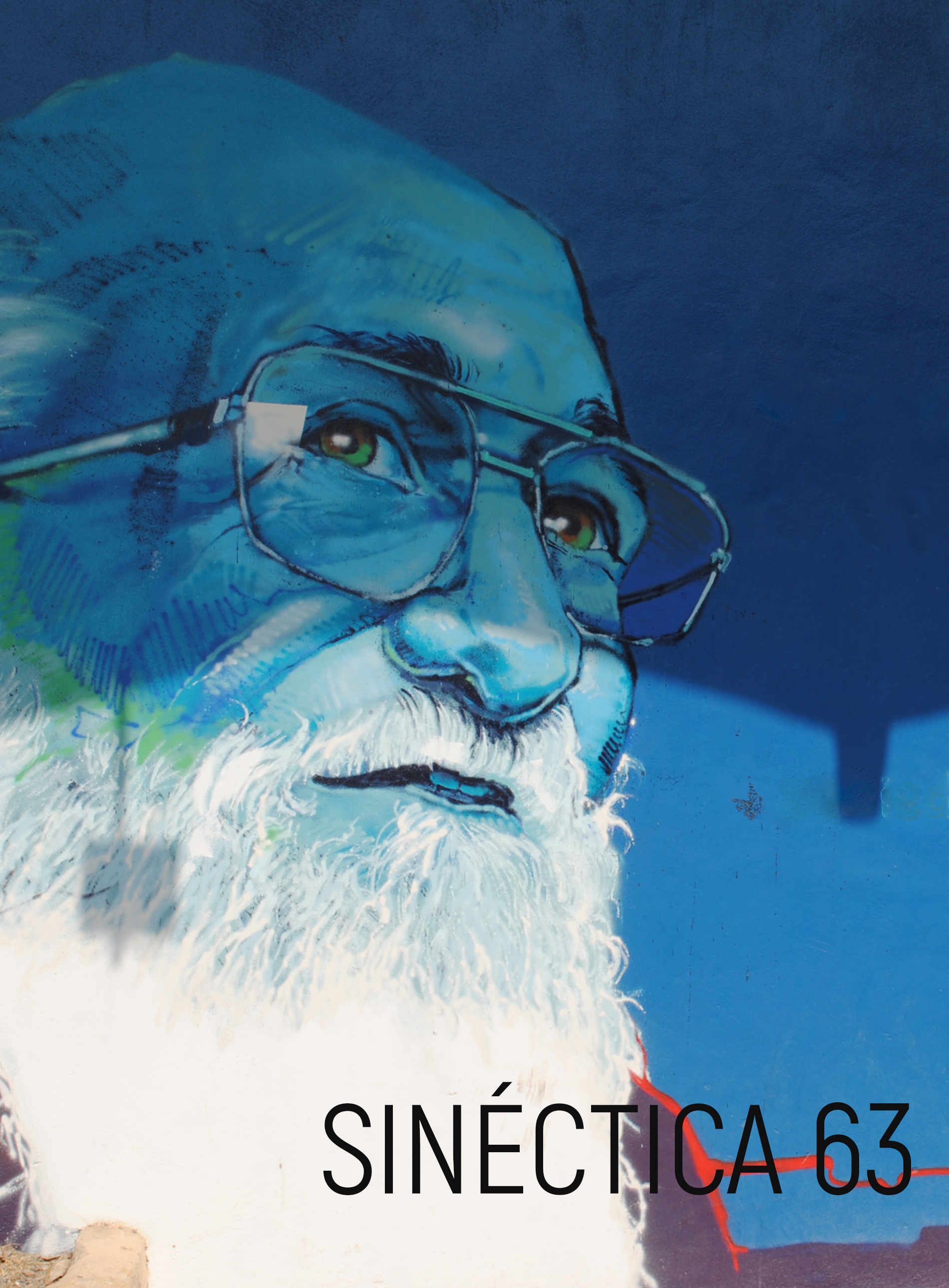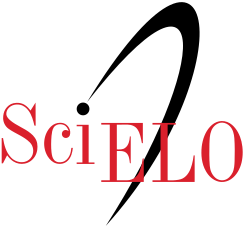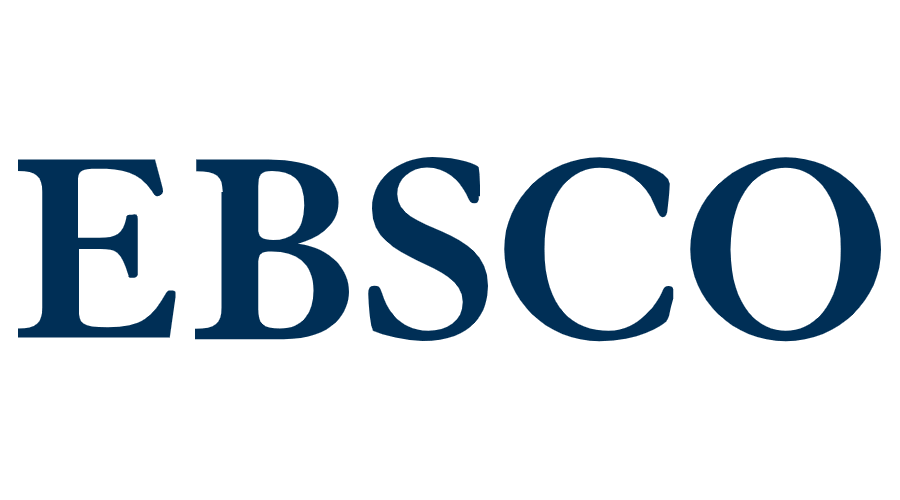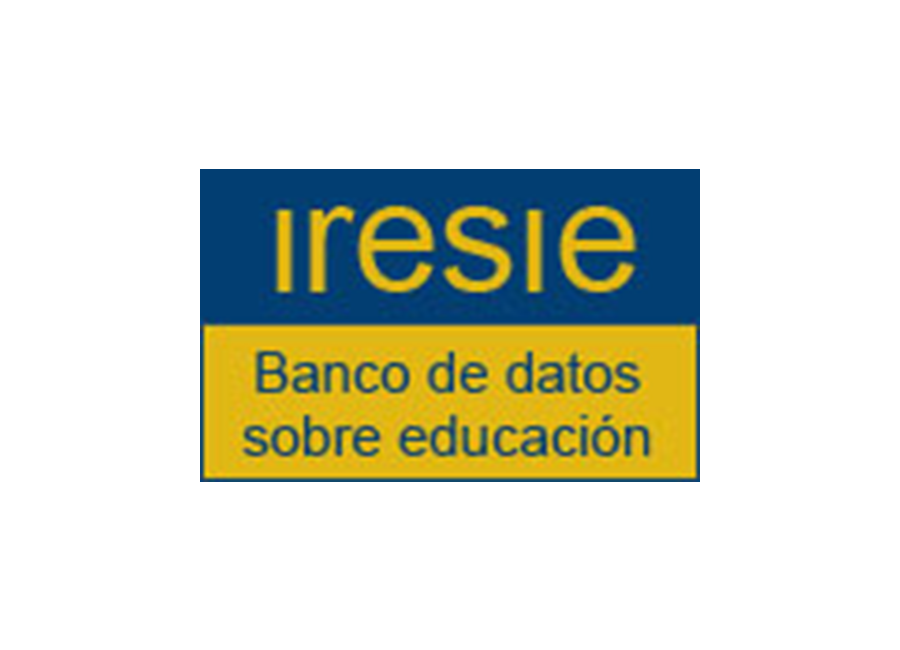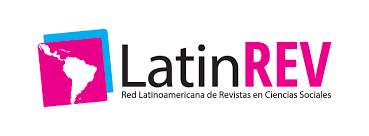El papel de la mentoría en la construcción de la imagen profesional
DOI:
https://doi.org/10.31391/S2007-7033(2020)0055-013Palabras clave:
mentoría, imagen profesional, profesión jurídica, habilidades sociales, vestimenta laboralResumen
Esta investigación analiza la influencia de la mentoría informal en la construcción de la imagen profesional de los novatos de la carrera de Derecho. Los mentores suelen ser modelos de imagen profesional para sus aprendices, ya que les enseñan a proyectar eficiencia técnica y coherencia sociocultural en su trabajo cotidiano. Ambos componentes son valiosos en organizaciones institucionalizadas, como las de tipo jurídico, que valoran que los novatos, además de su conocimiento especializado, muestren un comportamiento y una vestimenta adecuados a la cultura organizacional. El estudio utiliza una perspectiva cualitativa para analizar los datos obtenidos de entrevistas en profundidad con egresados de Derecho de instituciones de educación superior pública y privada mexiquenses. Los resultados muestran que la vestimenta es una señal poderosa de competencia profesional, aunque su valor depende de distintos elementos.
Descargas
Referencias
Alvesson, M. (2001). Knowledge work: Ambiguity, image and identity. Human Relations, núm. 7, vol. 54, pp. 863-886. doi.org/10.1177/0018726701547004
Asociación de la Barra de los Estados Unidos (2012a). Índice para la reforma de la educación jurídica. Estados Unidos de América.
Asociación de la Barra de los Estados Unidos (2012b). Índice para la reforma de la profesión jurídica. Estados Unidos de América.
Barretti, M. (2004). What do we know about the professional socialization of our students? Journal of Social Work Education, núm. 2, vol. 40, pp. 255-283. doi: 10.1080/10437797.2004.10778493
Bolino, M., Long, D. & Turnley, W. (2016). Impression management in organizations: Critical questions, answers, and areas for future research. Annual Review of Organizational Psychology and Organizational Behavior, vol. 3, pp. 377-406. doi: 10.1146/annurev-orgpsych-041015-062337
Bourgoin, A. & Harvey, J. F. (2018). Professional image under threat: Dealing with learning-credibility tension. Human Relations, núm. 12, vol. 71, pp. 1611-1639. doi: 10.1177/0018726718756168
Camp, R. A. (2006). Las élites del poder en México: perfil de una elite de poder para el siglo XXI. Ciudad de México: Siglo XXI Editores.
Collins, R. (1989). La sociedad credencialista: sociología histórica de la educación y de la estratificación. Madrid, España: Ediciones Akal.
Dezalay, Y. & Garth, B. (1997). Law, lawyers and social capital: Rule of law' versus relational capitalism. Social & Legal Studies, núm. 1, vol. 6, pp. 109-141. https://doi: 10.1177/096466399700600105
Ehrich, L. C., Hansford, B. & Tennent, L. (2004). Formal mentoring programs in education and other professions: A review of the literature. Educational Administration Quarterly, núm. 4, vol. 40, pp. 518-540. https://doi: 10.1177/0013161X04267118
Goffman, E. (1989). La presentación de la persona en la vida cotidiana. Buenos Aires: Amorrortu Editores.
Ibarra, H. (1999). Provisional selves: Experimenting with image and identity in professional adaptation. Administrative Science Quarterly, núm. 4, vol. 44, pp. 764-791. https://doi.org/10.2307/2667055
Kay, F. M., Hagan, J. & Parker, P. (2009). Principals in practice: The importance of mentorship in the early stages of career development. Law & Policy, núm. 1, vol. 31, pp. 69-110. https://doi.org/10.1111/j.1467-9930.2008.00285.x
Mayer-Sommer, A. P. & Loeb, S. E. (1981). Fostering more successful professional socialization among accounting students. The Accounting Review, núm. 1, vol. 56, pp. 125-136. Recuperado de https://www.jstor.org/stable/246468
McManus, E. K. (2005). Intimidation and the culture of avoidance: Gender issues and mentoring in law firm practice. Fordham Urban Law Journal, núm. 1, vol. 33, pp. 1-14. Recuperado de https://ir.lawnet.fordham.edu/ulj/vol33/iss1/7
Merriam, S. B. (1998). Qualitative research and case study applications in education: Revised and expanded from case study research in education. San Francisco, CA: Jossey-Bass Publishers.
Peluchette, J. V. & Karl, K. (2007). The impact of workplace attire on employee self‐perceptions. Human Resource Development Quarterly, núm. 3, vol. 18, pp. 345-360. https://doi.org/10.1002/hrdq.1208
Peluchette, J. V., Karl, K. & Rust, K. (2006). Dressing to impress: Beliefs and attitudes regarding workplace attire. Journal of Business and Psychology, núm. 1, vol. 21, pp. 45-63. https://doi.org/10.1007/s10869-005-9022-1
Peñaloza, I. (1997). Facultad de derecho: una larga tradición. Estado de México, México: Cuadernos Universitarios UAEMex.
Ramaswami, A., Dreher, G. F., Bretz, R. & Wiethoff, C. (2010). The interactive effects of gender and mentoring on career attainment: Making the case for female lawyers. Journal of Career Development, núm. 4, vol. 37, pp. 692-716. https://doi.org/10.1177/0894845309358886
Roberts, L. M. (2005). Changing faces: Professional image construction in diverse organizational settings. Academy of Management Review, núm. 4., vol. 30, pp. 685-711. https://doi.org/10.5465/amr.2005.18378873
Roberts, L. M., Dutton, J. E., Spreitzer, G. M., Heaphy, E. D. & Quinn, R. E. (2005). Composing the reflected best-self portrait: Building pathways for becoming extraordinary in work organizations. Academy of Management Review, núm. 4, vol. 30, pp. 712-736. https://doi.org/10.5465/amr.2005.18378874
Schön, D. (1998). El profesional reflexivo: cómo piensan los profesionales cuando actúan. Barcelona, España: Paidós.
Swap, W., Leonard, D., Shields, M. & Abrams, L. (2001). Using mentoring and storytelling to transfer knowledge in the workplace. Journal of Management Information Systems, núm. 1, vol. 18, pp. 95-114. https://doi.org/10.1080/07421222.2001.11045668
Turnley, W. H. & Bolino, M. C. (2001). Achieving desired images while avoiding undesired images: Exploring the role of self-monitoring in impression management. Journal of Applied Psychology, núm. 2, vol. 86, pp. 351-360. https://doi.org/10.1037//0021-9010.86.2.351
Van Emmerik, I. H. (2004). The more you can get the better: Mentoring constellations and intrinsic career success. Career Development International, núm. 6, vol. 9, pp. 578-594. https://doi.org/10.1108/13620430410559160
Publicado
Número
Sección
Licencia
Derechos de autor 2020 Sinéctica

Esta obra está bajo una licencia internacional Creative Commons Atribución-NoComercial 4.0.

Esta obra está bajo una Licencia Creative Commons Atribución-NoComercial 4.0 Internacional.
Los autores que publican en Sinéctica están de acuerdo con los siguientes términos:
Los autores conservan los derechos de autor y otorgan a la revista el derecho de primera publicación de la obra autorizada simultáneamente bajo una licencia de atribución de Creative Commons, la cual permite a otros compartir el trabajo siempre y cuando se reconozca tanto la autoría de la obra como la publicación inicial en esta revista.
Los autores pueden celebrar acuerdos contractuales adicionales por separado para la distribución no exclusiva de la versión publicada de la revista (por ejemplo, publicarla en un repositorio institucional o en un libro), con el reconocimiento de su publicación inicial en esta revista.
Es permitido que los autores publiquen su trabajo en repositorios institucionales o en su propio sitio web antes y durante el proceso de envío, ya que puede generar intercambios productivos, así como una citación anterior y mayor del trabajo publicado.
Nota aclaratoria: A partir de 2017, Sinéctica se rige con base en la Licencia Creative
Commons Atribución-NoComercial 4.0 Internacional, versión que armoniza las licencias a nivel internacional.
Los artículos de 1992 a 2016 están bajo una Licencia de Creative Commons Reconocimiento-NoComercial-SinObraDerivada 4.0 Internacional, la cual permite compartir y distribuir una obra sin fines comerciales y con reconocimiento del autor, pero prohíbe modificar la creación original.



